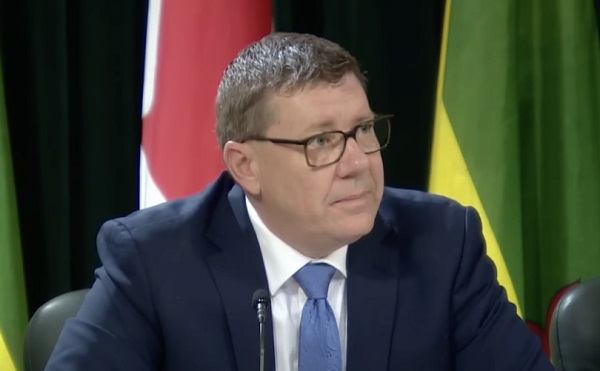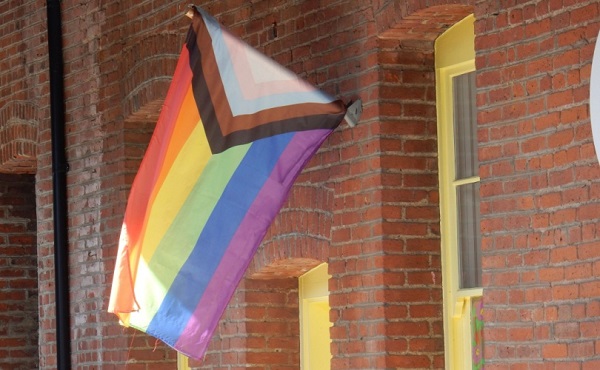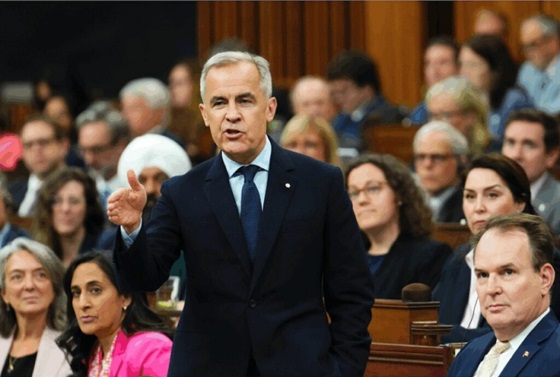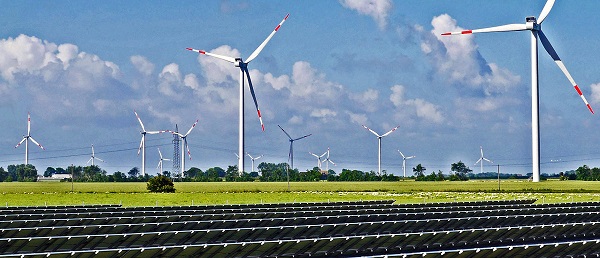Alberta
COVID19 spreading events – Premier Kenney asks Calgary and Edmonton residents to stop hosting gatherings

From the Province of Alberta
Strong public health measures are being implemented to protect the health system and limit the spread of COVID-19.
Expanded mandatory and voluntary limits on social gatherings are now in place to help reduce growing caseloads.
New COVID-19 measures
- Effective immediately, new mandatory and voluntary public health measures will help protect the health system and limit the spread of COVID-19.
- All Edmonton and Calgary residents should stop holding social gatherings within their homes and instead socialize in structured settings where it is easier to limit risk of exposure.
- The mandatory 15-person limit on social gatherings is being expanded to all communities on the watch list.
- Voluntary measures to limit cohorts to no more than three and to wear masks in the workplace unless able to safely distance are also strongly recommended for any community on the watch list, regardless of location.
- Additional measures to bolster Alberta’s public health response:
- AHS is prioritizing the hiring of about 380 additional contact tracing staff that will expand the contact tracing team to more than 1,100 people.
- To support contact tracing, all Albertans should download ABTraceTogether, Alberta’s contact tracing app.
- Alberta will also be shifting back to daily reporting of case numbers and information, including on weekends and holidays.
Latest updates
- To date, 24,684 Albertans have recovered from COVID-19.
- There are currently 6,822 active cases in the province.
- Over the last 48 hours:
- 802 new cases were identified on Nov. 4
- 609 new cases were identified on Nov. 5
- Alberta labs have now performed 1,869,192 tests on 1,305,540 people.
- There were nine additional deaths since Nov. 3, bringing the total number of COVID-19 deaths to 352.
- All zones across the province have cases:
- Calgary Zone: 2,886 active cases and 10,966 recovered
- South Zone: 398 active cases and 2,216 recovered
- Edmonton Zone: 2,819 active cases and 8,713 recovered
- North Zone: 431 active cases and 1,821 recovered
- Central Zone: 255 active cases and 914 recovered
- 33 active cases and 54 recovered cases in zones to be confirmed
- Additional information, including case totals, is online.
- There are 392 active cases and 1,631 recovered cases at continuing care facilities; 221 facility residents have died.
- School case information will be updated on Monday.
Updated contact tracing approach
- Alberta is piloting a targeted contact testing approach. This will make contact tracing faster and focus on populations at greatest risk of illness and further spreading COVID-19.
- Alberta Health Services will directly notify close contacts of confirmed COVID-19 cases in three priority groups only:
- health-care workers
- minors (parents will still be notified if their child has been exposed in a school setting)
- individuals who live or work within congregate or communal facilities
- AHS will no longer directly notify close contacts outside of these three priority groups, at this time.
- Albertans outside the priority groups who test positive will be asked to notify their own close contacts.
- AHS will continue to directly notify all positive cases of COVID-19 of their result, identify priority contacts that AHS will notify, and provide the case with guidance on notifying their own contacts.
Alberta
Danielle Smith slams Skate Canada for stopping events in Alberta over ban on men in women’s sports

From LifeSiteNews
The Alberta premier has denounced Skate Canada as ‘disgraceful’ for refusing to host events in the province because of a ban on ‘transgender’ men in women’s sports.
Alberta Premier Danielle Smith has demanded an apology after Skate Canada refused to continue holding events in Alberta.
In a December 16 post on X, Smith denounced Skate Canada’s recent decision to stop holding competitions in Alberta due to a provincial law keeping gender-confused men from competing in women’s sports.
“Women and girls have the right to play competitive sports in a safe and fair environment against other biological females,” Smith declared. “This view is held by a vast majority of Albertans and Canadians. It is also common sense and common decency.”
Women and girls have the right to play competitive sports in a safe and fair environment against other biological females.
This view is held by a vast majority of Albertans and Canadians. It is also common sense and common decency.
Skate Canada‘s refusal to hold events in… pic.twitter.com/n4vbkTx6B0
— Danielle Smith (@ABDanielleSmith) December 16, 2025
“Skate Canada‘s refusal to hold events in Alberta because we choose to protect women and girls in sport is disgraceful,” she declared.
“We expect they will apologize and adjust their policies once they realize they are not only compromising the fairness and safety of their athletes, but are also offside with the international community, including the International Olympic Committee, which is moving in the same direction as Alberta,” Smith continued.
Earlier this week, Skate Canada announced their decision in a statement to CBC News, saying, “Following a careful assessment of Alberta’s Fairness and Safety in Sport Act, Skate Canada has determined that we are unable to host events in the province while maintaining our national standards for safe and inclusive sport.”
Under Alberta’s Fairness and Safety in Sport Act, passed last December, biological men who claim to be women are prevented from competing in women’s sports.
Notably, Skate Canada’s statement failed to address safety and fairness concerns for women who are forced to compete against stronger, and sometimes violent, male competitors who claim to be women.
Under their 2023 policy, Skate Canada states “skaters in domestic events sanctioned by Skate Canada who identify as trans are able to participate in the gender category in which they identify.”
While Skate Canada maintains that gender-confused men should compete against women, the International Olympic Committee is reportedly moving to ban gender-confused men from women’s Olympic sports.
The move comes after studies have repeatedly revealed what almost everyone already knew was true, namely that males have a considerable innate advantage over women in athletics.
Indeed, a recent study published in Sports Medicine found that a year of “transgender” hormone drugs results in “very modest changes” in the inherent strength advantages of men.
Additionally, male athletes competing in women’s sports are known to be violent, especially toward female athletes who oppose their dominance in women’s sports.
Last August, Albertan male powerlifter “Anne” Andres was suspended for six months after a slew of death threats and harassments against his female competitors.
In February, Andres ranted about why men should be able to compete in women’s competitions, calling for “the Ontario lifter” who opposes this, apparently referring to powerlifter April Hutchinson, to “die painfully.”
Interestingly, while Andres was suspended for six months for issuing death threats, Hutchinson was suspended for two years after publicly condemning him for stealing victories from women and then mocking his female competitors on social media. Her suspension was later reduced to a year.
Alberta
Alberta’s huge oil sands reserves dwarf U.S. shale

From the Canadian Energy Centre
By Will Gibson
Oil sands could maintain current production rates for more than 140 years
Investor interest in Canadian oil producers, primarily in the Alberta oil sands, has picked up, and not only because of expanded export capacity from the Trans Mountain pipeline.
Enverus Intelligence Research says the real draw — and a major factor behind oil sands equities outperforming U.S. peers by about 40 per cent since January 2024 — is the resource Trans Mountain helps unlock.
Alberta’s oil sands contain 167 billion barrels of reserves, nearly four times the volume in the United States.
Today’s oil sands operators hold more than twice the available high-quality resources compared to U.S. shale producers, Enverus reports.
“It’s a huge number — 167 billion barrels — when Alberta only produces about three million barrels a day right now,” said Mike Verney, executive vice-president at McDaniel & Associates, which earlier this year updated the province’s oil and gas reserves on behalf of the Alberta Energy Regulator.
Already fourth in the world, the assessment found Alberta’s oil reserves increased by seven billion barrels.
Verney said the rise in reserves despite record production is in part a result of improved processes and technology.
“Oil sands companies can produce for decades at the same economic threshold as they do today. That’s a great place to be,” said Michael Berger, a senior analyst with Enverus.
BMO Capital Markets estimates that Alberta’s oil sands reserves could maintain current production rates for more than 140 years.
The long-term picture looks different south of the border.
The U.S. Energy Information Administration projects that American production will peak before 2030 and enter a long period of decline.
Having a lasting stable source of supply is important as world oil demand is expected to remain strong for decades to come.
This is particularly true in Asia, the target market for oil exports off Canada’s West Coast.
The International Energy Agency (IEA) projects oil demand in the Asia-Pacific region will go from 35 million barrels per day in 2024 to 41 million barrels per day in 2050.
The growing appeal of Alberta oil in Asian markets shows up not only in expanded Trans Mountain shipments, but also in Canadian crude being “re-exported” from U.S. Gulf Coast terminals.
According to RBN Energy, Asian buyers – primarily in China – are now the main non-U.S. buyers from Trans Mountain, while India dominates purchases of re-exports from the U.S. Gulf Coast. .
BMO said the oil sands offers advantages both in steady supply and lower overall environmental impacts.
“Not only is the resulting stability ideally suited to backfill anticipated declines in world oil supply, but the long-term physical footprint may also be meaningfully lower given large-scale concentrated emissions, high water recycling rates and low well declines,” BMO analysts said.
-

 Alberta13 hours ago
Alberta13 hours agoDanielle Smith slams Skate Canada for stopping events in Alberta over ban on men in women’s sports
-

 Health1 day ago
Health1 day agoSaskatchewan woman approved for euthanasia urged to seek medical help in Canada rather than US
-

 Indigenous1 day ago
Indigenous1 day agoResidential school burials controversy continues to fuel wave of church arsons, new data suggests
-

 International1 day ago
International1 day agoFBI didn’t think it had cause to raid Trump but DOJ did it anyway
-

 Health1 day ago
Health1 day agoCanadian gov’t considers sharing census data on gender-confused children
-

 Crime15 hours ago
Crime15 hours agoThe Uncomfortable Demographics of Islamist Bloodshed—and Why “Islamophobia” Deflection Increases the Threat
-

 Energy19 hours ago
Energy19 hours agoLiberals Twisted Themselves Into Pretzels Over Their Own Pipeline MOU
-

 Business2 days ago
Business2 days agoCOP30 finally admits what resource workers already knew: prosperity and lower emissions must go hand in hand




